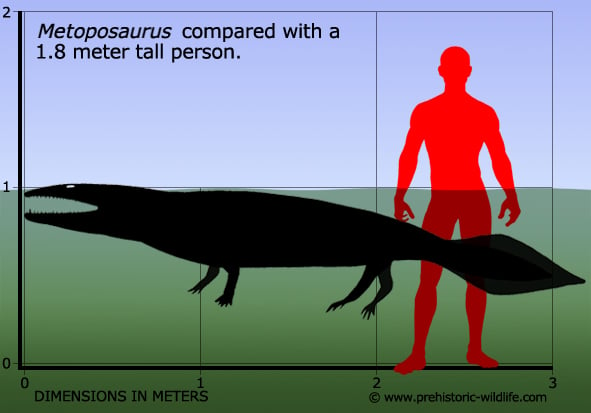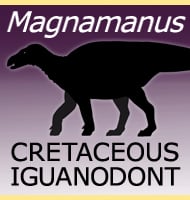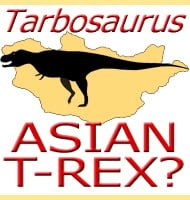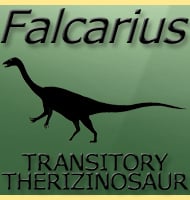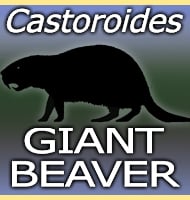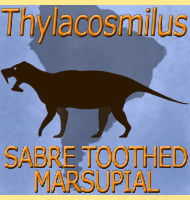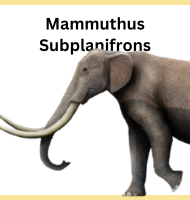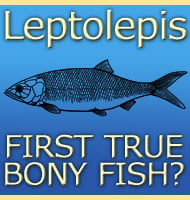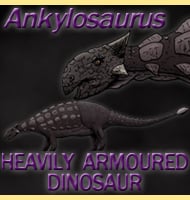In Depth
The genus Metoposaurus was originally named as Metopias by Christian von Meyer in 1842, but the name was replaced and changed to Metoposaurus by Richard Lydekker in 1890. Metoposaurus is the type species of the Metoposauridae, a group of temnospondyl amphibians that are particularly noted for having eyes that are placed further forward on the head. Relatives of Metoposaurus include Apachesaurus, Bogdania, Dutuitosaurus and Anaschisma.
Like relative genera, Metoposaurus lived during the closing stages of the Triassic, and shows developments that best support a primarily if not an entirely aquatic lifestyle. Most obvious is the limb reduction, with the legs seemingly not large of strong enough to lift the body clear off the ground if an individual Metoposaurus found itself out of the water. The shape of the skull is also quite flat on top which means that a Metoposaurus near the surface of the water would not expose itself that much to anything that was on the surface. Grooves in the skull also hint at the presence of a sensory system similar to the lateral line of a fish which would have detected changes in water pressure caused by the movement of nearby animals. The latter development is not unique to the metoposaurid however since similar adaptations can also be seen on other genera such as Mastodonsaurus, though again this genus is widely believed to have been entirely aquatic. Another piece of evidence that supports an entirely aquatic lifestyle is the discovery of several Metoposaurus clustered together in what is thought to have been a dried out body of water, an occurrence which has also been seen in other related genera.
Further Reading
– Species discrimination of the Late Triassic temnospondyl amphibian Metoposaurus diagnosticus. – Acta Palaeontologica Polonica. 47: 535–546. – T. Sulej – 2002. – Osteology, variability, and evolution of Metoposaurus, a temnospondyl from the Late Triassic of Poland. – Palaeontologica Polonica. 64: 29–139. – T. Sulej – 2007. - A new metoposaurid (temnospondyl) bonebed from the Late Triassic of Portugal - J. S. Steyer, O. Mateus, R. J. Butler, S. L. Brusatte & J. H. Whiteside - 2011. Unique growth pattern of Metoposaurus diagnosticus krasiejowensis (Amphibia, Temnospondyli) from the Upper Triassic of Krasiej�w, Poland. – Palaeogeography, Palaeoclimatology, Palaeoecology 370 (2013): 145-157. – Dorota Konietzko-Meier & Nicole Klein – 2013. – A new species of Metoposaurus from the Late Triassic of Portugal and comments on the systematics and biogeography of metoposaurid temnospondyls. – Journal of Vertebrate Paleontology. 35: e912988. – S. L. Brusatte, R. J. Butler, O. Mateus & S. J. Steyer – 2015. – Ornamentation of dermal bones of Metoposaurus krasiejowensis and its ecological implications. – PeerJ. 6: e5267. – M. Antczak & A. Bodzioch – 2018. – Redescription of Arganasaurus (Metoposaurus) azerouali (Dutuit) comb. nov. from the Upper Triassic of the Argana Basin (Morocco), and the first phylogenetic analysis of the Metoposauridae (Amphibia, Temnospondyli). – Papers in Palaeontology. – Valentin Buffa, Nour-Eddine Jalil & J.Sebastien Steyer – 2019.
